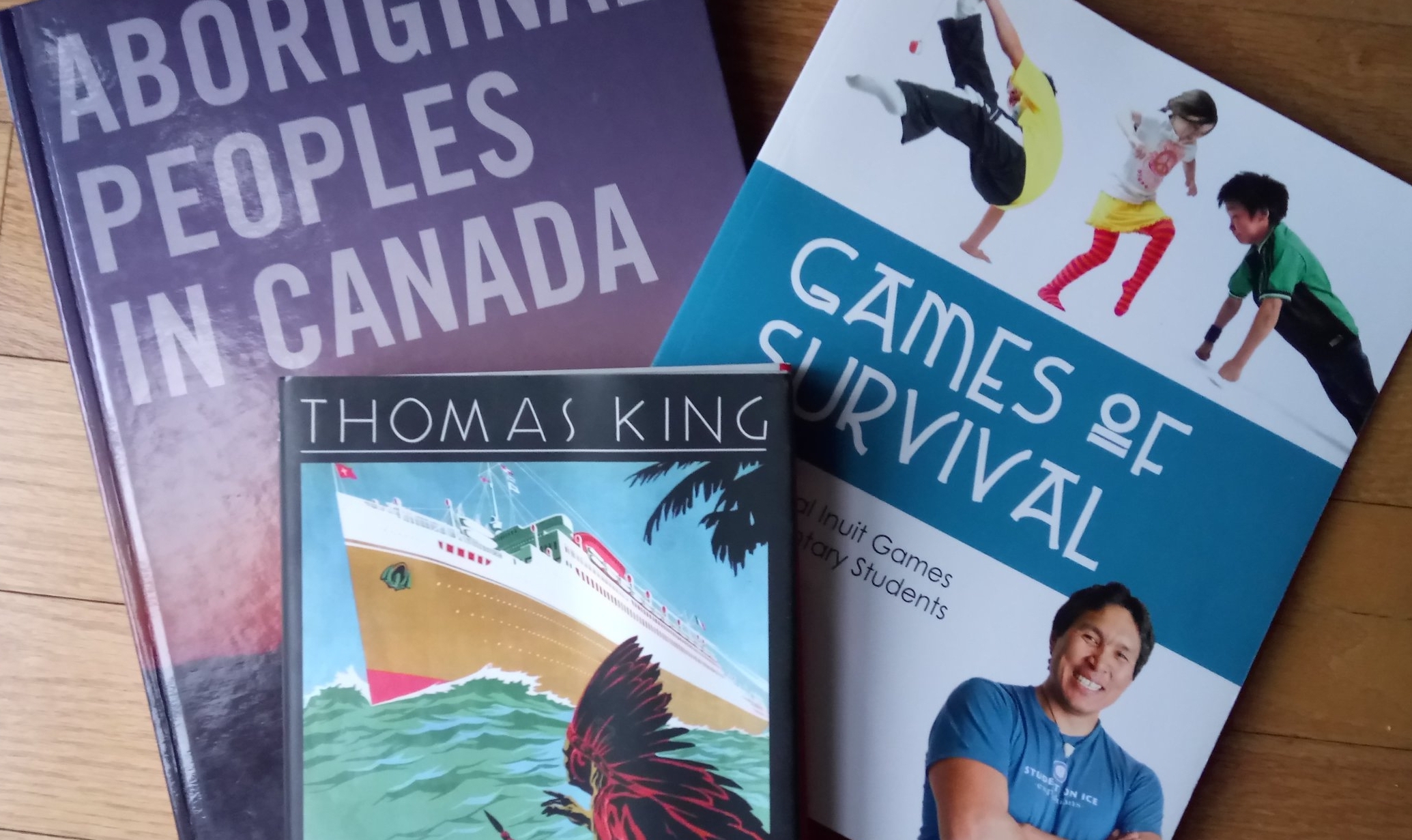Don't forget to sign up to receive my free monthly newsletter and never miss a post!
At one of my recent presentations, I was asked for ways that teachers could bring Reconciliation into their classroom. There is so much to be said on this topic from the ways you approach and teach yourself about Indigenous topics, to the content you choose, and the pedagogies you enact. Really, this entire blog and my newsletter is aimed to assist you towards this goal.
One resource that circulated on social media this summer might both be useful to you in your classroom, and will also demonstrate the many ways individuals and groups can contribute to Reconciliation. In August, 2017, Crystal Fraser (Gwichya Gwich’in from Inuvik and Dachan Choo Gèhnjik, Northwest Territories) and Sara Komarnisky (Ukrainian settler heritage) posted a blog entitled "150 Acts of Reconciliation for the Last 150 Days of Canada’s 150" on Active History.ca. In it, there are a number of suggestions that you might be able to bring into your classroom.
Here are some that immediately stood out to me as classroom projects:
- #8 & # 9 "Find out if there was a residential school where you live. Memorize its name and visit its former site."
- #11 "Choose one plant or flower in your area and learn how Indigenous people use(d) it."
- #57 "Be aware that Indigenous people were restricted from voting in federal elections until 1960."
- #68 "Support the rights of Indigenous nations to exercise their sovereignty. For example, learn about the Haudenosaunee Confederacy passport."
These are just five of the suggestions, put the actual post has many more. I hope you will take a look!
